Consider the circuit shown in figure 38-E33. a Find the current through the battery a long time after the switch S is closed b Suppose the switch is again opened at t = 0. What is the time constant of the discharging circuit? c Find the current through the inductor after one time constant.
a The inductor does not work in DC. When the switch is closed the current charges so at first inductor works. But after a long time the current flowing is constant.Thus effect of inductance vanishes.b When the switch is opened the resistors are in series.
Related Solutions
Consider the circuit shown in figure.(a) find the current through the battery a long time after the switch S is closed. (b) Suppose the switch is again opened at t = 0. What is the time constant of the discharging circuit? (c ) Find t current through the inductor after one time constant.
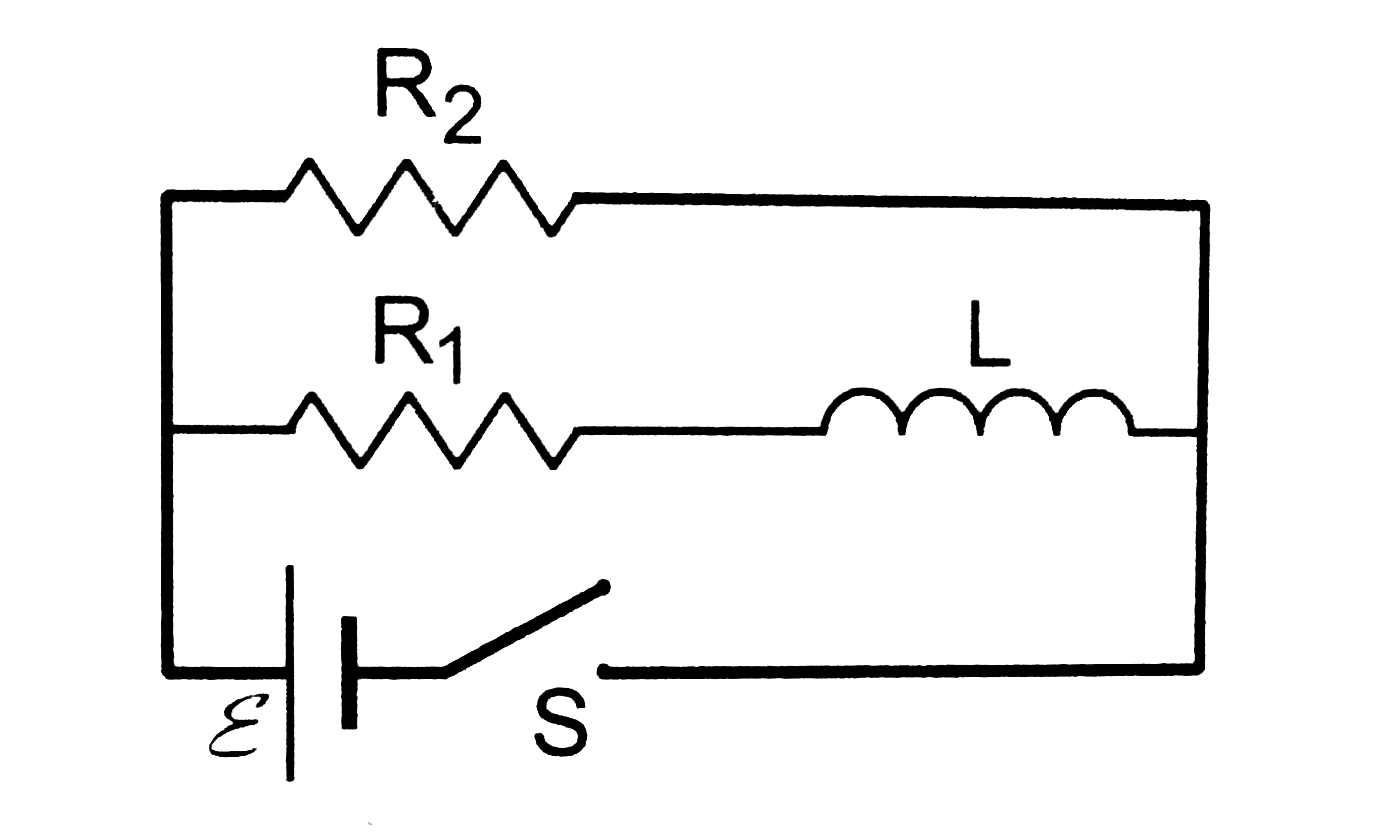
View SolutionConsider the circuit shown in figure.(a) find the current through the battery a long time after the switch S is closed. (b) Suppose the switch is again opened at t = 0. What is the time constant of the discharging circuit? (c ) Find t current through the inductor after one time constant.

View SolutionAt , switch is closed. Find time constant of the circuit and current through inductor as a function of time .
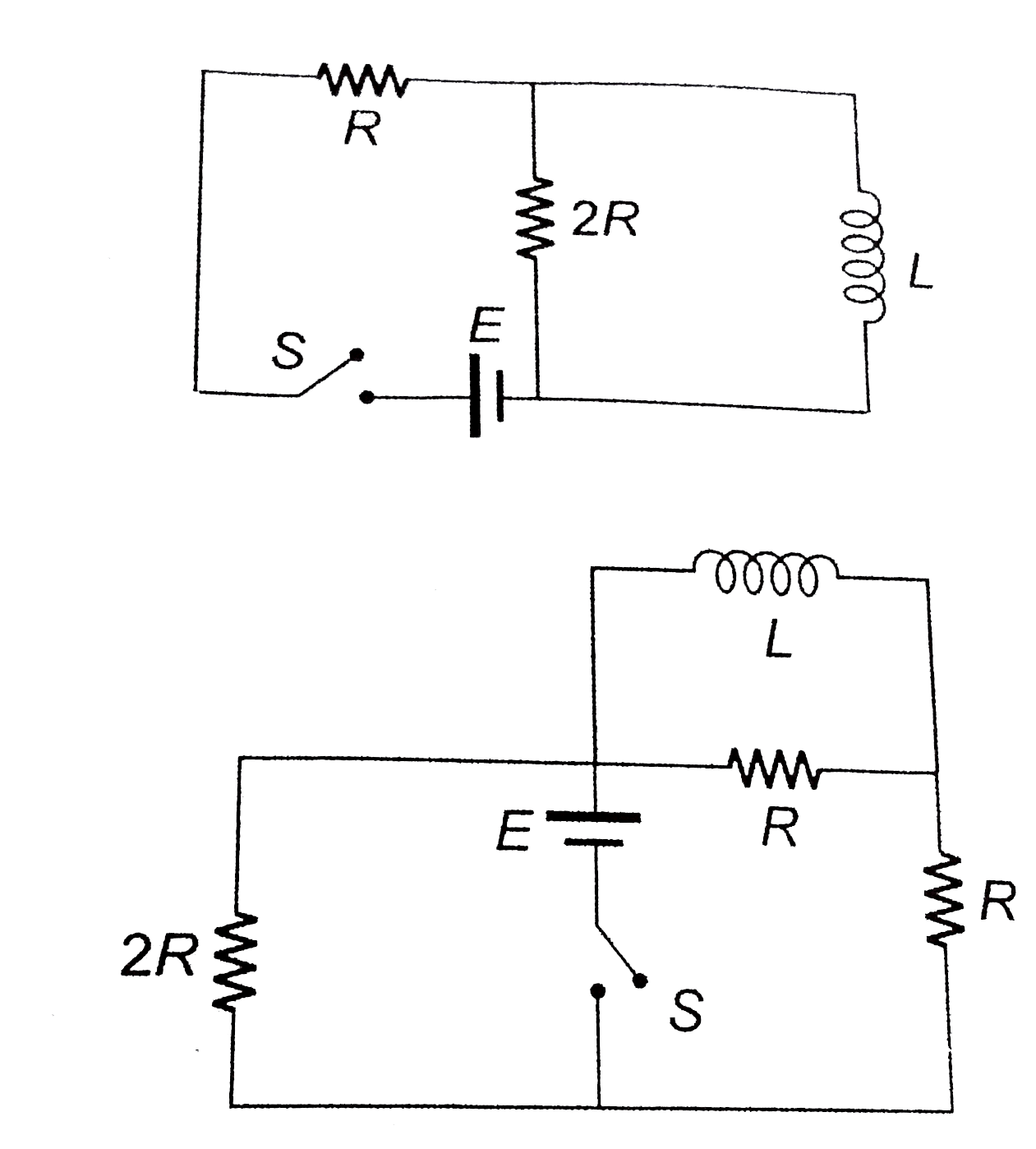
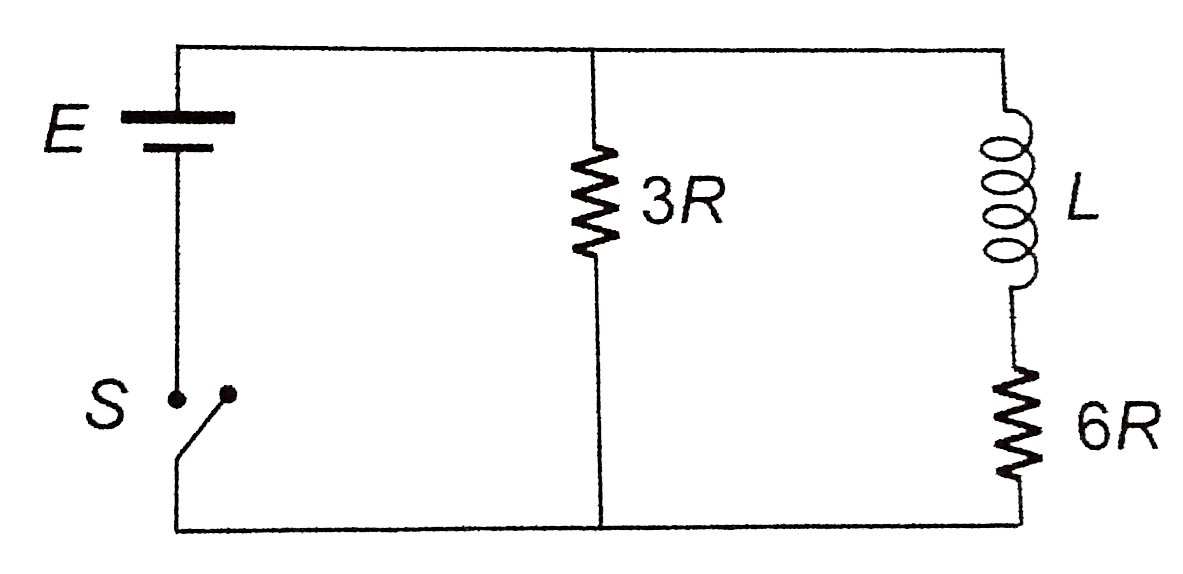
View SolutionDetermine the current through the battery in the circuit shown in figure.
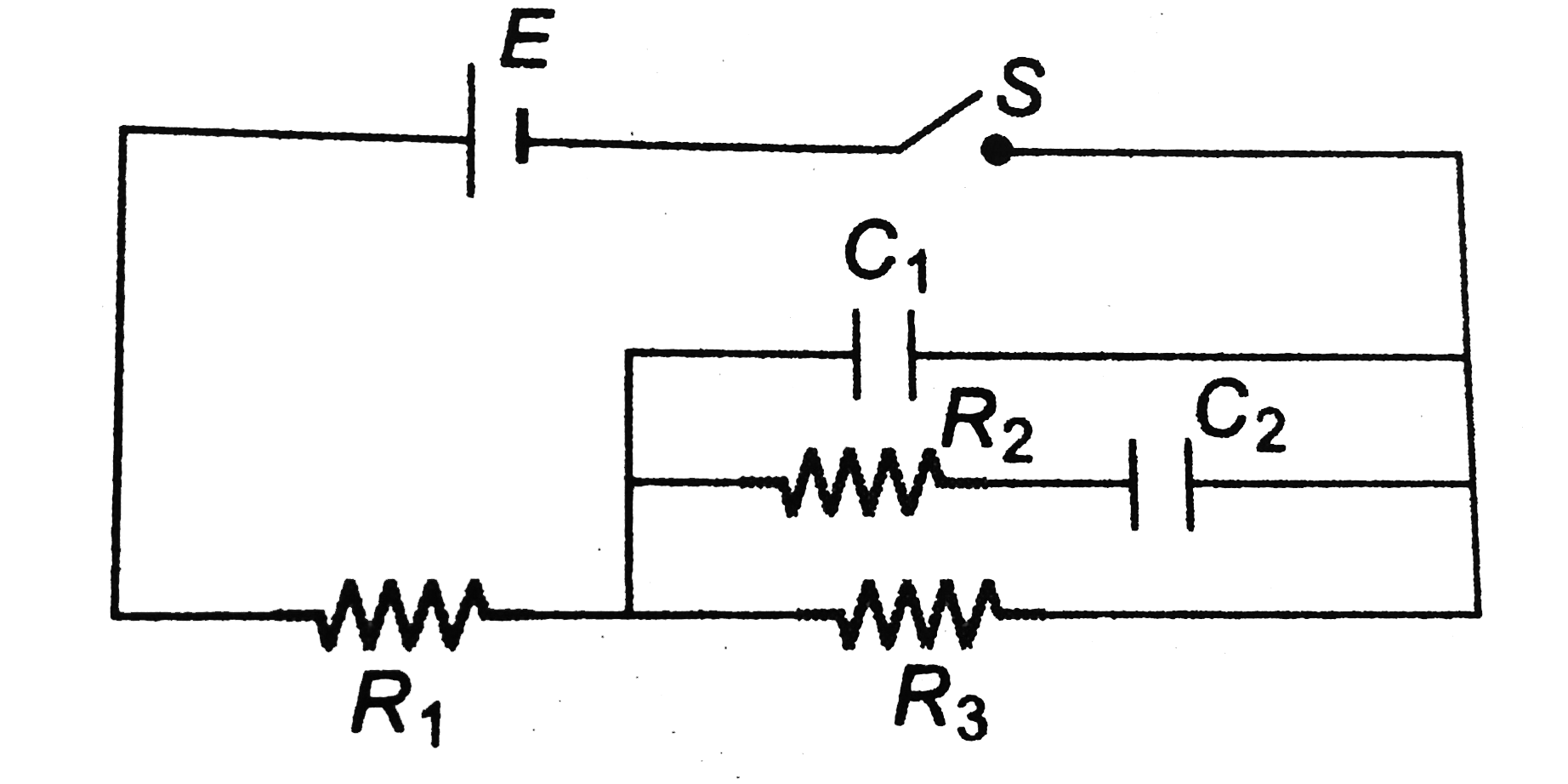
(a) immediately after the switch S is closed
(b) after a long time.
View SolutionDetermine the current through the battery in the circuit shown in figure.

(a) immediately after the switch S is closed
(b) after a long time.
View SolutionConsider the circuit shown in figure. The current through the battery a long time after the switch is closed is:
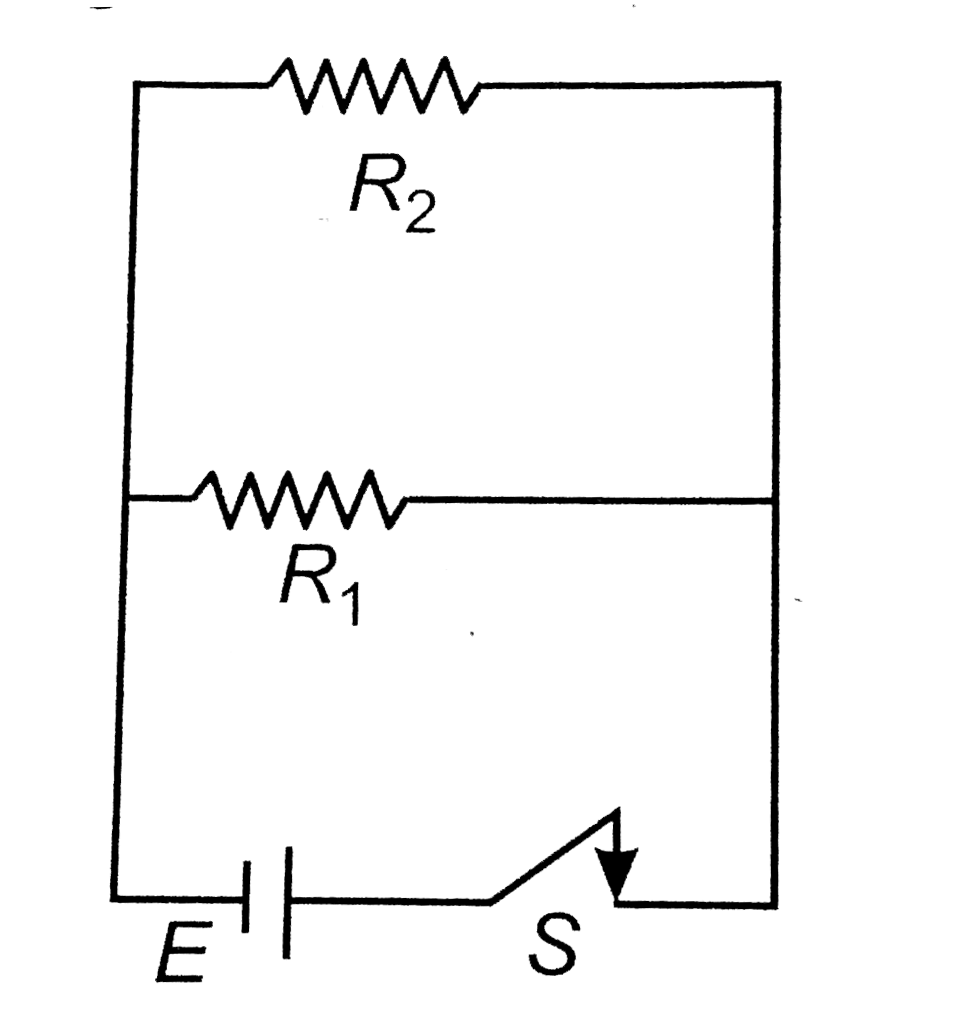
View SolutionConsider the circuit shown in figure. The current through the battery a long time after the switch S is closed is:
View SolutionIn the circuit shown, switch S is closed at time t = 0 . Find the current through the inductor as a function of time t .
View SolutionIn the circuit shown, switch S is closed at time t = 0 . Find the current through the inductor as a function of time t .
View Solutionthere in no current part of this circuit for time t lt o . Switch S is closed at t = 0 . The current through the inductor after a long time will be
View Solutionthere in no current part of this circuit for time t lt o . Switch S is closed at t = 0 . The current through the inductor after a long time will be
View SolutionConsider the circuit shown. Switch is closed at t=0. Find the current through the battery as a function of time. Initially capacitor was uncharged.
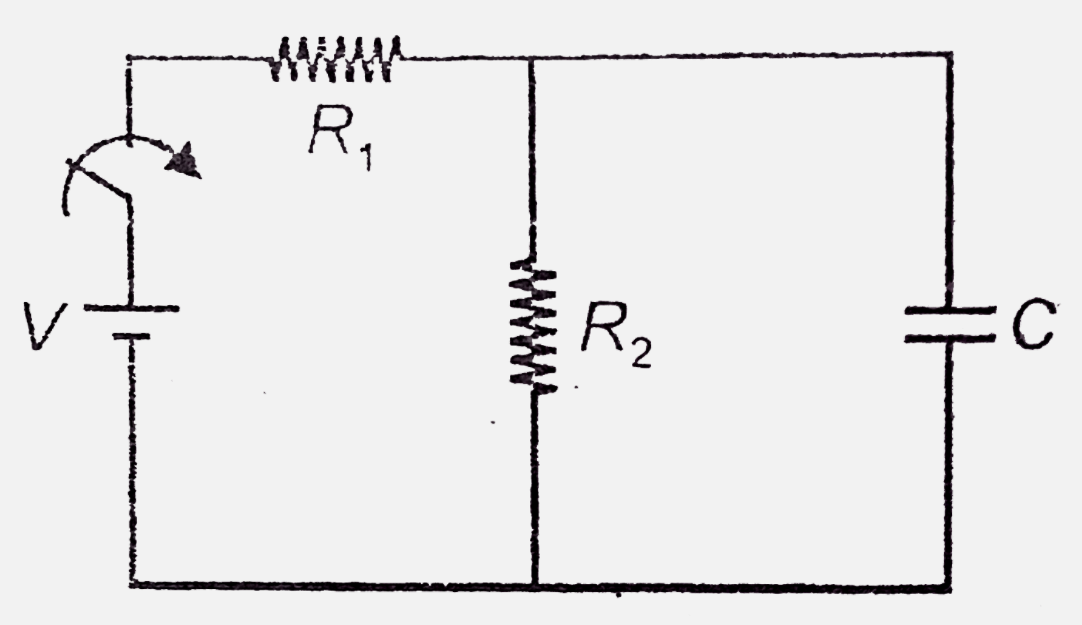
View SolutionConsider a circuit consists of resistors, inductor, battery and a switch as shown. Resistance of resistors, inductance of inductor and of battery are indicated. The switch is closed at .
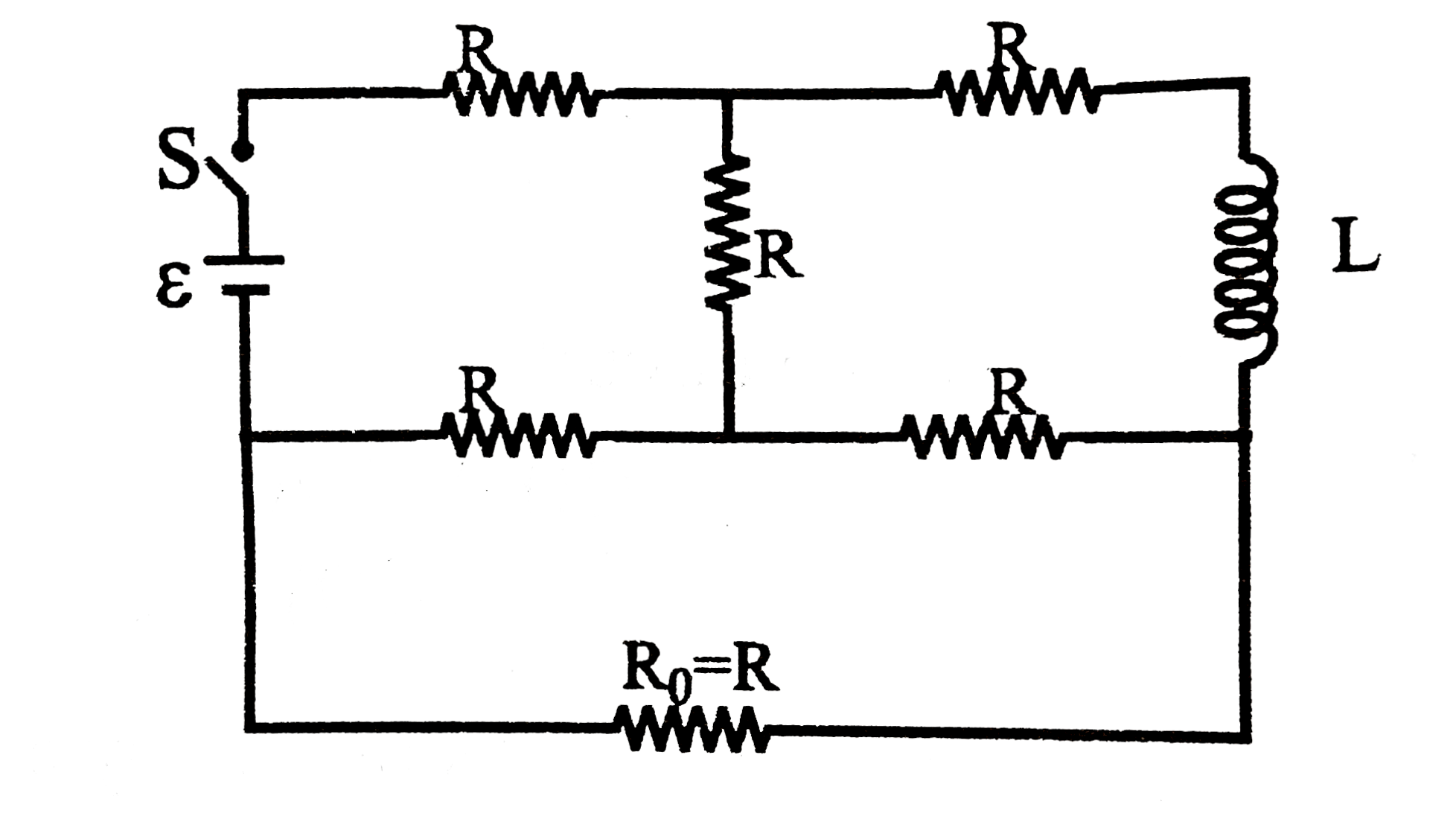
Find time constant of LR circuit during growth of current
View SolutionIn the circuit shown, the switch ‘S’ has been closed for a long time and then opens at t = 0.
(a) Find the current through the inductor just before the switch is opened.
(b) Find the current I a long time after the switch is opened.
(c) Find current I as a function of time after the switch is opened. Also write the current through the cell as a function of time.
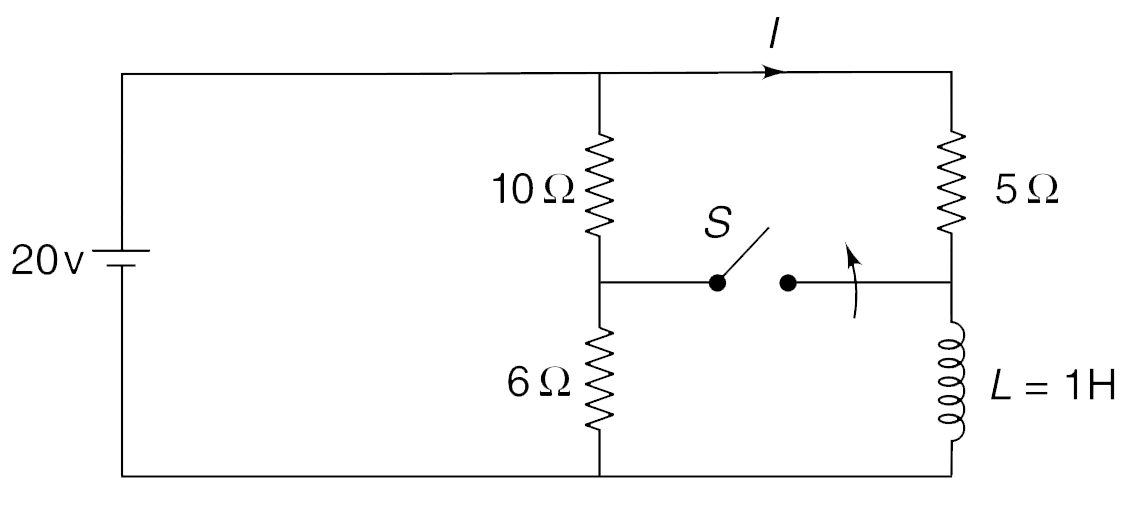
View SolutionThe switch in figure is closed at time . Find the current in the inductor and the current through the switch as functions of time thereafter.
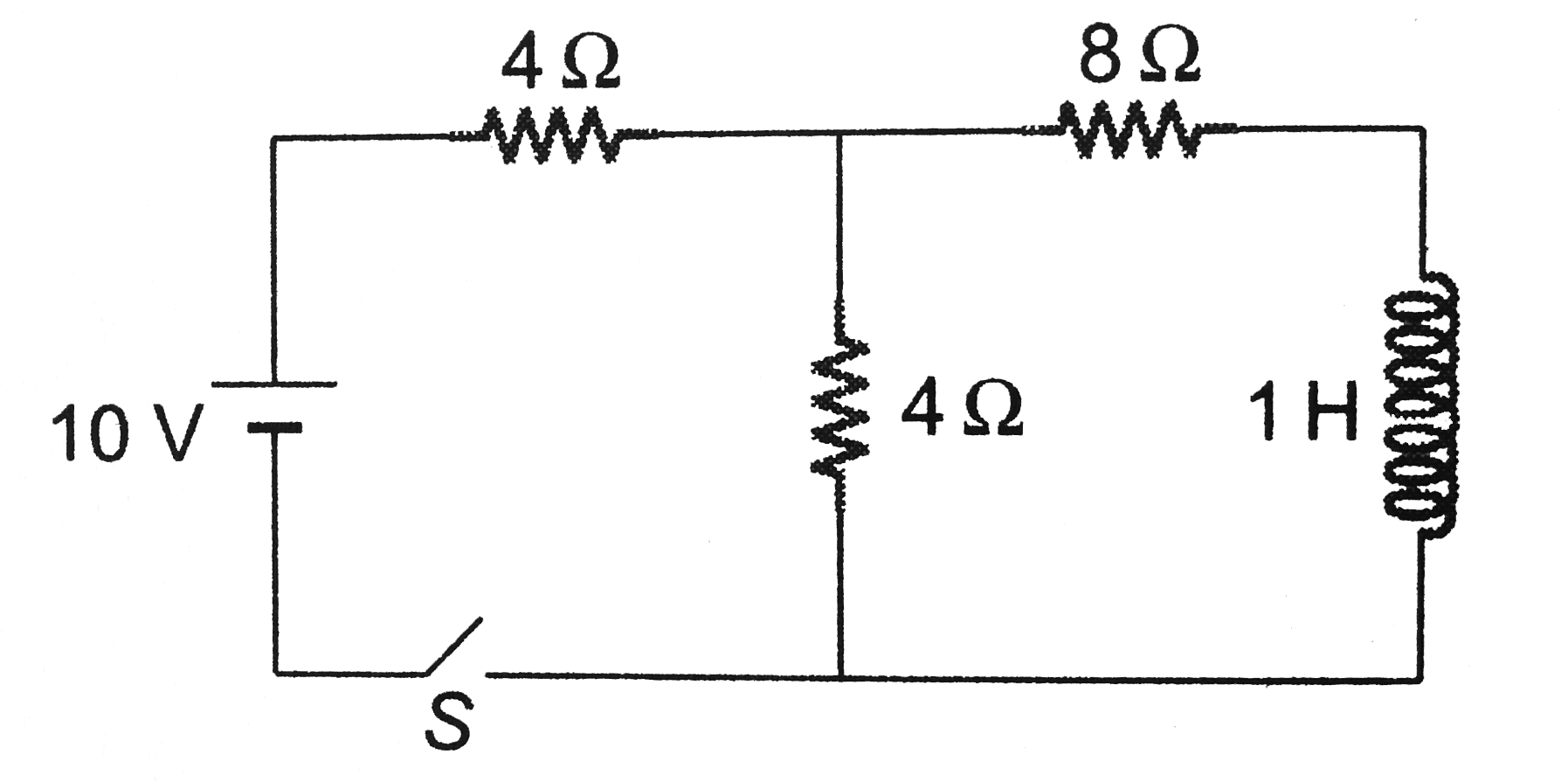
View SolutionThe switch in figure is closed at time t = 0 . Find the current in the inductor and the current through the switch as functions of time thereafter.
View SolutionConsider the circuits shown in figure. Find (a) (b) (c ) (d) (i) currents through resistances immediately after closing the switch (ii) Currents through resistaces after a long time ie., steady state.
View SolutionIn the circuit shown in the diagram at time t = 0, the switch S is closed. The charge, which passes through the battery at a time constant, is:
View SolutionSwitch is cloesd in the circuit at time . Find the current through the capacitor and the inductor at any time
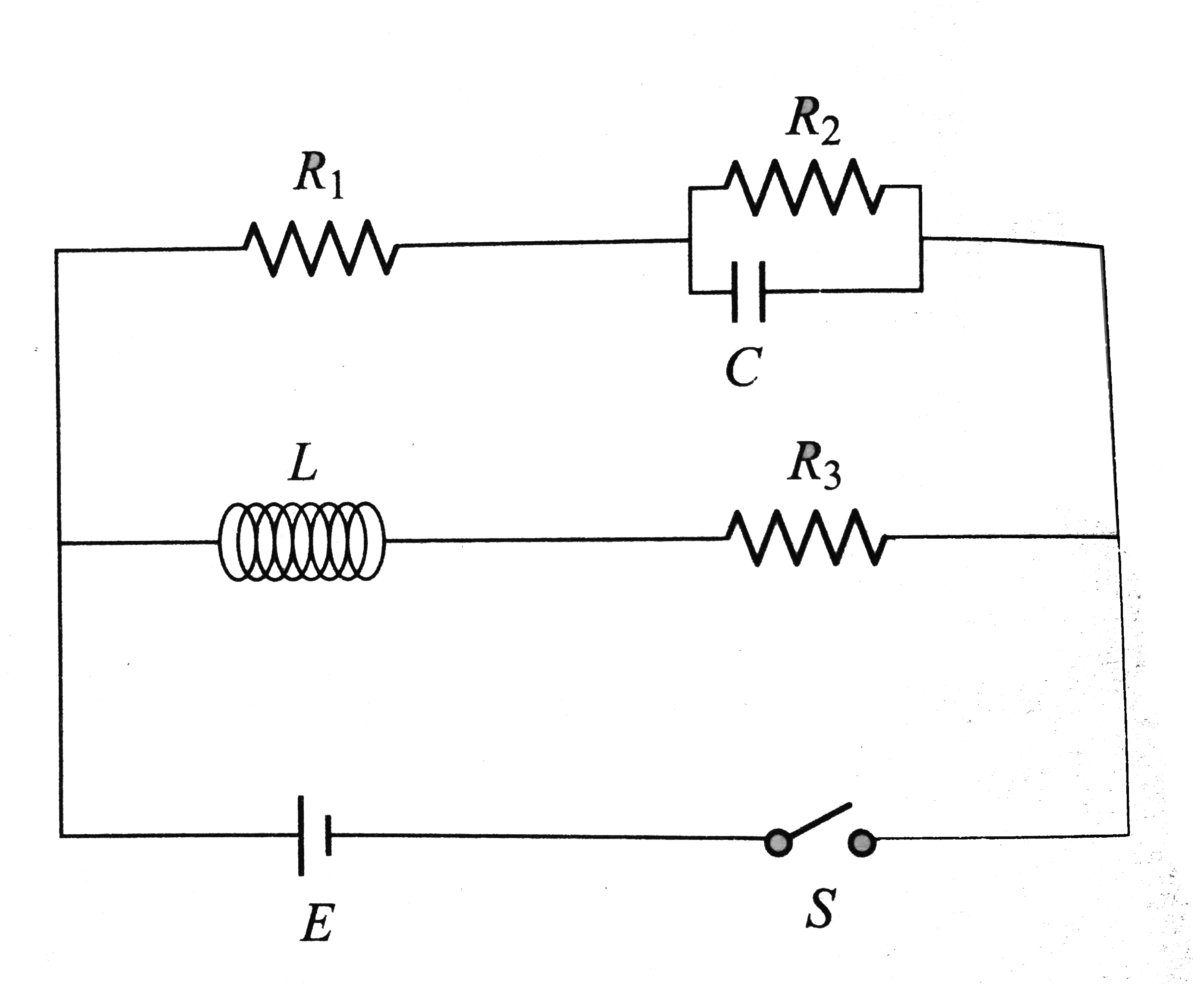
View SolutionSwitch is cloesd in the circuit at time . Find the current through the capacitor and the inductor at any time

View Solution